30 th October , 2019
Based in Jamaica, artist Tyrone Deans continues to build a practice that explores issues of culture, race, migration, and class. Deans is influenced by his training in architecture while he investigates diasporic ties to African histories and social structures. Deans shares with ArtX his ongoing body of work, entitled “Kromanti” a series that highlights a painting style that is layered, both physically and symbolically. The materiality of the work, incorporating shea and cocoa butter, also further illuminates Dean’s interest in subverted uses and meanings. Tyrone Deans’ work is included in private collections internationally.
ArtX: Tell us about you as a person.
Tyrone Deans: My name is Tyrone Deans and I am an Artist and Architect.
I was born into a Jamaican family in London. I predominantly work from my studio in St. Thomas, Jamaica.

How long have you been practicing art professionally and when did you consider yourself a real artist?
I have always been an Artist. My works are the product of a lifetime’s knowledge, experience and skill.
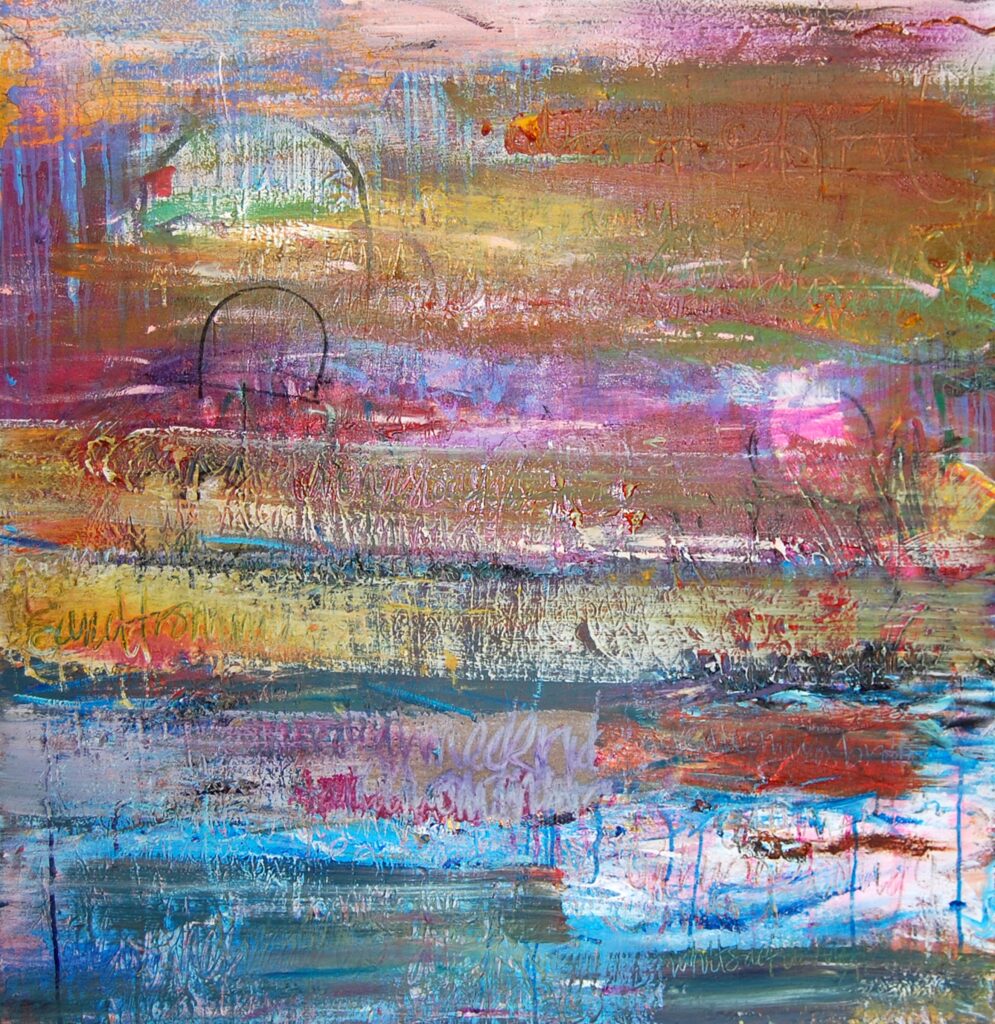
Did you go to art school? Tell me about your training, formal and informal.
I studied Architecture in London at Kingston, London Metropolitan and RIBA NW universities, where I received my ARB (Architect’s Registration Board) and RIBA (Royal Institute of British Architects) accreditations. Architecture is a social art, which at one end of its spectrum provides for human needs and desires, and at the other contributes to the ideas by which the world around us can be understood. Every stage, from commissioning to realization, is carried out by people working in groups and allied disciplines, and the meaning of its buildings is made through the imaginative impact of those who use them.
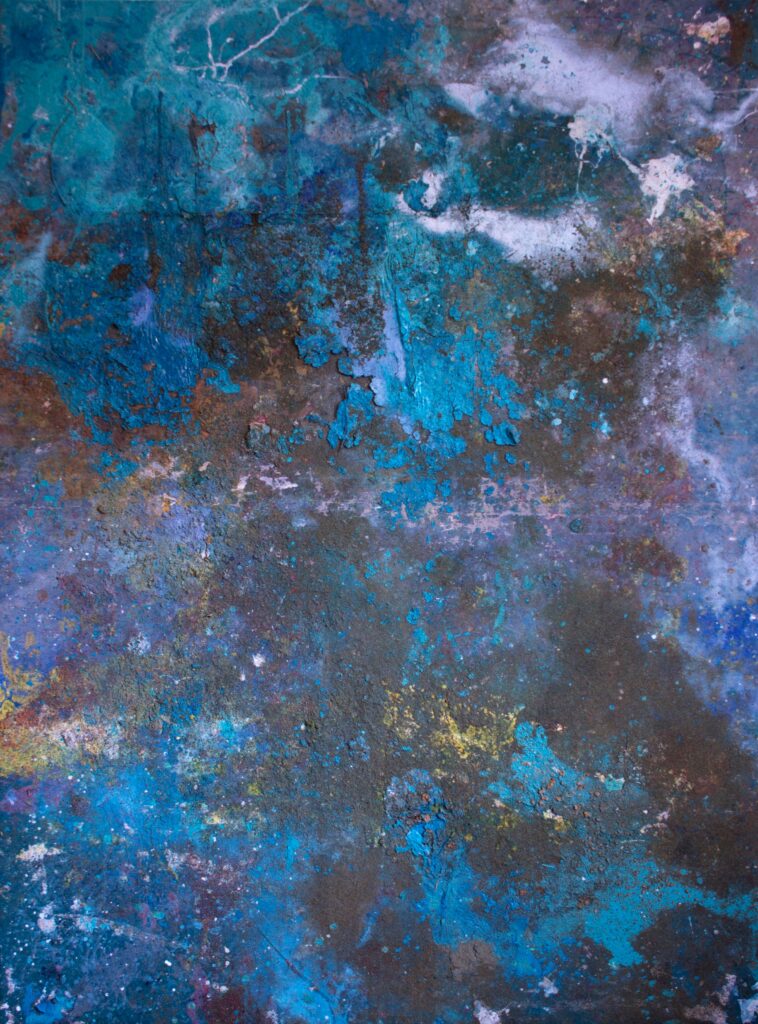
In line with my approach to my art, architects and architecture is distinct in that it’s duty to clients is contextualized in a wider responsibility to society. My architectural education has facilitated design and analytical skills, a sound instinct for creativity, well-founded points of view and a passion for people and culture. It has taught me to be attuned to the nuances of history and how one might reconcile this with modern practices and traditions.
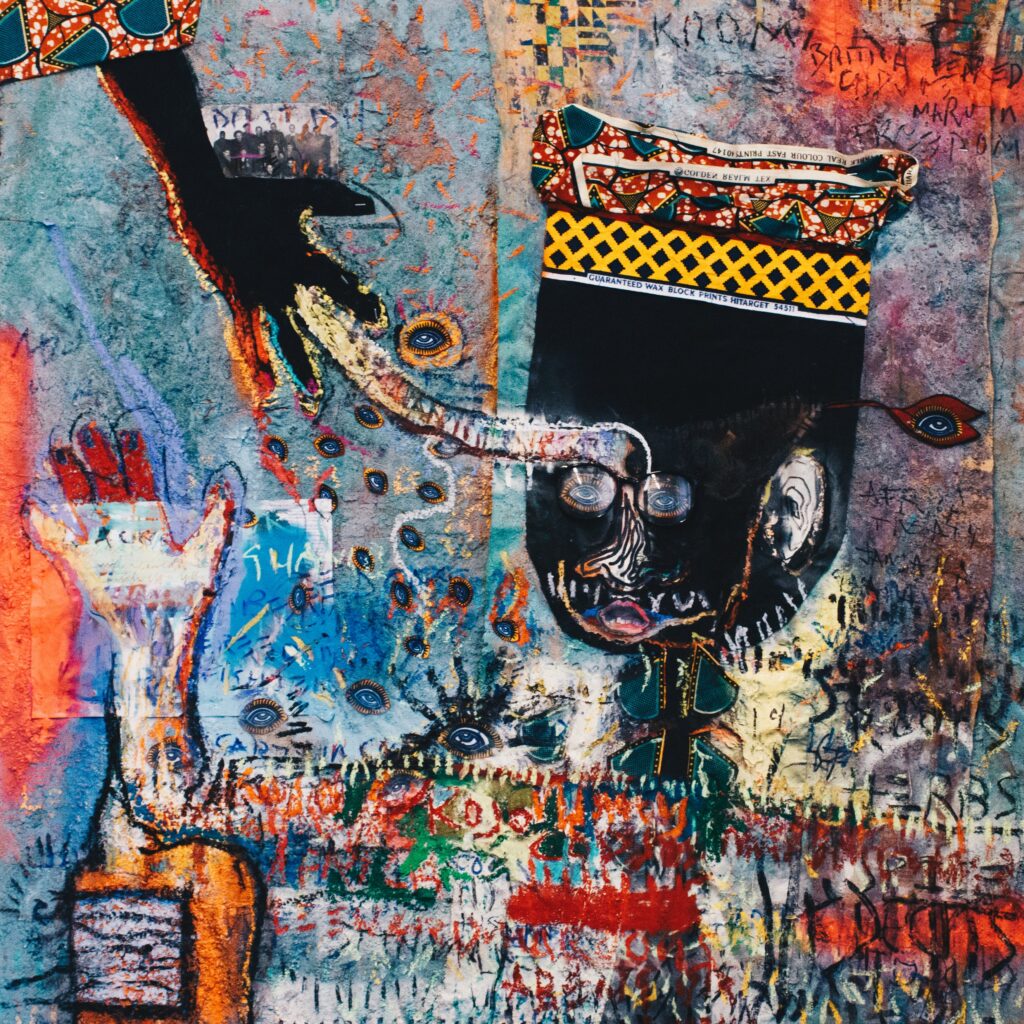
What mediums do you prefer to work in?
Exploring issues of culture, race, migration, and class, my work is layered, both physically and symbolically.
My paintings can be recognized by my vehement painterly technique and unusual pallet; natural materials mixed with thick textured paints, sand, oils, and butters, overworked with charcoal, chalk, oil-bar and other mediums.
My works are symptomatic of the world in which we live, where the boundaries are blurred. The materiality of the work, incorporating shea and cocoa butter, illuminates my interest in subverted uses and meanings. The use of these materials, commonly used to moisturize black skin, is symbolic; shea butter is medicinal and evokes the power of healing.
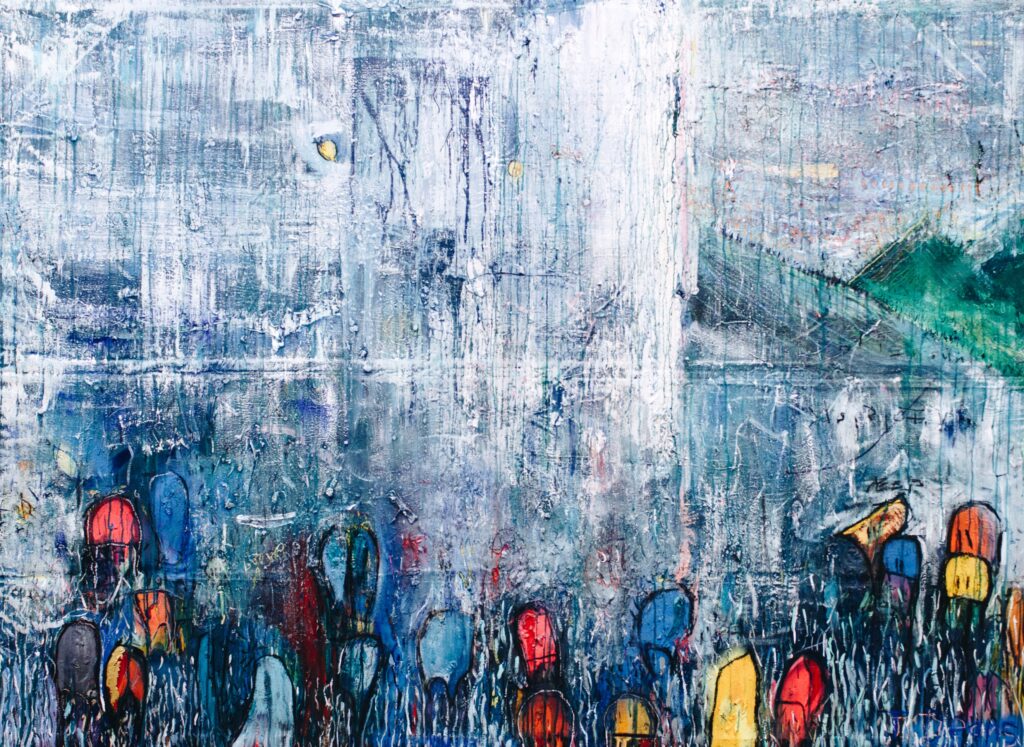
Who are some of your inspirations?
I am inspired and influenced by my Jamaican/British heritage. I am interested in questions regarding cultural and national definitions. Migration, Displacement, Power, History, Race, Culture, Religion, Slavery inspire my work.
When do you know when a work is finished?
When I am no longer frustrated or annoyed when looking at or thinking about it. It’s a feeling. I recall many a time, following an entire day working on a particular painting, where I feel annoyed by the energy being transmitted by the canvas and am compelled to take a large brush and/or roller to paint over and erase the work as a catharsis. When I no longer feel this urge and frustration, a work is “finished”.

What are the meanings and the concepts behind this particular body of work?
My ongoing body of work, entitled “Kromanti”, a language related to the Akan language group which is spoken by Jamaican “Maroons”, descendants of independent communities of former runaway slaves, combines the use of natural materials mixed with thick textured paints, sand, oils and butters, overworked with charcoal, chalk, oil-bar and other mediums on brightly colored ‘Ghanaian’ batik fabrics or canvas. “Kromanti” explores the history of African and Jamaican people, through unpicking and presenting our history, whilst questioning the meaning of cultural and national definitions and identities.
For my audience to be merely moved by textural and color relationships would be to miss the point. I am interested in the history of global trade routes, the links between Ghana and Jamaica through colonization and the Dutch made batik fabrics as a way into exploring European influences on Africa.
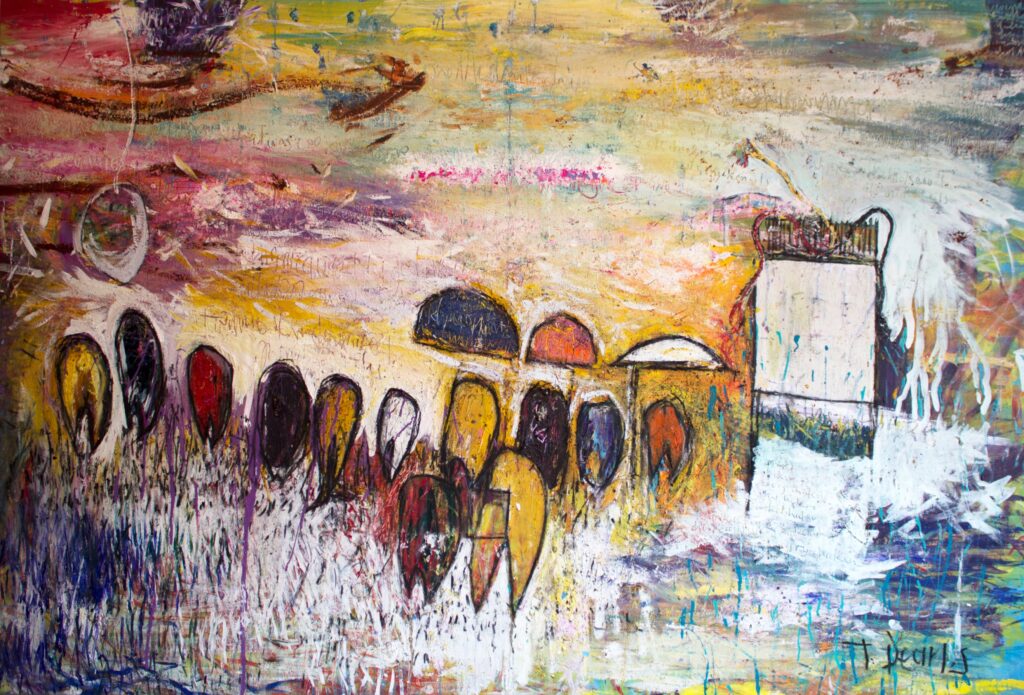
What do you want viewers would take away from your work?
Whilst being entertaining and beautiful, I wish for my Art to be difficult to digest. Oppression, in its many forms, is a heavy subject. I wish for this to be felt and reflected upon. I would like my viewers to know that history is formed by both those who have power and those without, and that both sides are of equal importance to remember and understand. By presenting black history, as well as other forms of discrimination and oppression, I want my viewers to understand that hope always triumphs over experience and that laughter, faith, song and dance are the only cures for grief.
Check out Tyrone Deans website and follow him on Instagram at @tyronedeans